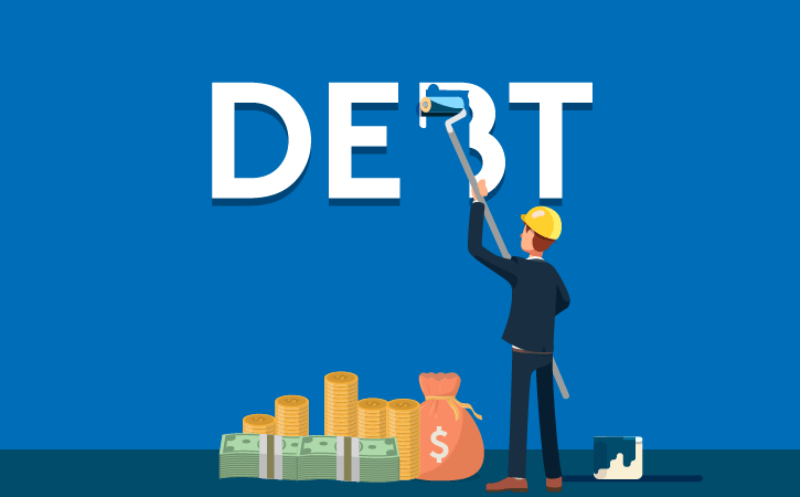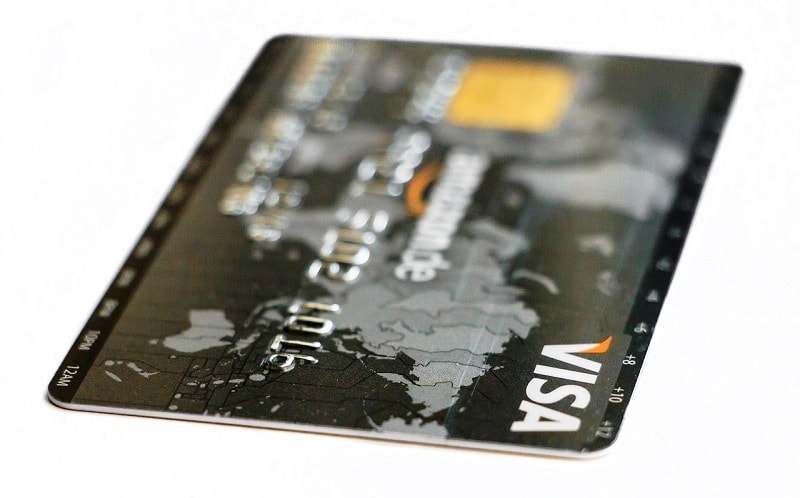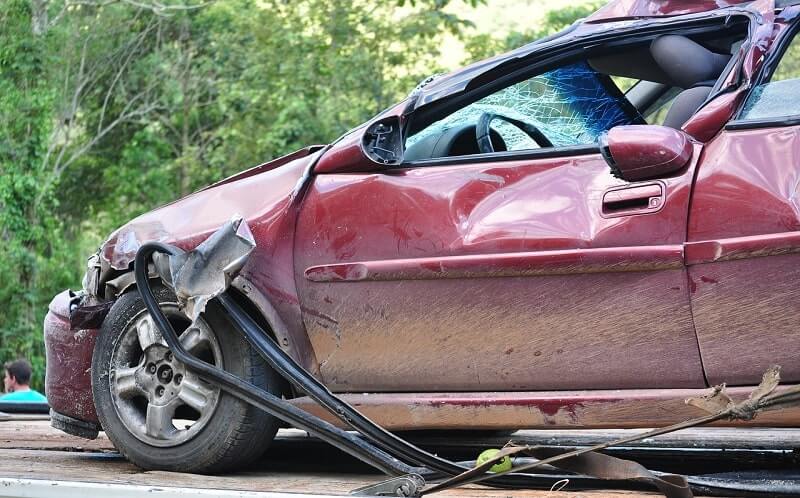It’s common wisdom that the cost of car insurance rises after an accident. But this isn’t true in every circumstance. Sometimes, the insurance cost remains the same, even after an accident. It normally takes five years for the high insurance cost to come down, but that again could change depending on the circumstances.
What most car owners worry about is an accident. In the event of an accident, the lives of the driver and the passengers are at risk. Even if nothing happens to them and they come out unscathed, the damage the car would incur would be hard to undo and pretty expensive to fix.
If you are a car owner and worried about your car being totaled and having to pay a high insurance premium, here are some useful tips for you.
Understand the “why”
Most people are not inquisitive by nature. They don’t always question back. If you are one of them, understand that this habit of yours needs to change. Being inquisitive is a plus when you are shopping around for the best auto insurance.
As someone who worked in auto sales, I can tell you that I could count the number of people who wanted to know why car insurance cost increases after an accident on the fingers of one hand.
I was never a sleazy salesman, and so I always made it a point to explain the reasons to my customers, regardless of whether they inquired about it or not. But not all salespeople are like me. Not all of them would have your best interest in mind and would bother explaining.
You need to ask them proactively. But even if you ask them to explain all the factors behind an increase in premium, and they do as being told, how would you know that they are telling you the truth? That brings us to our next point.
The risk and fees
Insurance providers operate on predictability. From the outside, it might seem that their ways of determining the premium amount are complicated. But once you understand what methods they use, you’ll find the underlying calculation easy.
Statistics show that most car collisions occur due to the irresponsibility of drivers. If a driver had an accident in the past, there’s more than fifty percent possibility that he was driving sloppily, which means he could cause another accident in the future. He still has rash driving tendencies, maybe he had it under control, but it’s still there.
That’s the reason an auto insurance company, upon finding a prospective customer has been in a collision in the past, might deny them a policy. Even if the company deems the customer eligible for an insurance policy, they’ll charge a higher premium because of the policyholder’s proclivity to cause accidents based on their driving history.
Okay, so now you know how risk is measured and how risk increases the premium amount. Don’t feel demotivated by this info if you have been in a car crash before. Instead, use it in your favor.
Drag risk index down
With the help of numbers, we can express almost everything. Think about it. Your age, salary, height, body weight, credit score, driving records are all a series of numbers. The collision risk you carry as a driver is also a bunch of numbers. Let’s call it your risk index. Lowering the index will make it easy for you to get a policy at cheap rates.
The question is how can you drag the index down.
Simple. Convince the insurance company that you no longer carry a high risk of causing an accident. One way of doing it is to get a safe driving certificate from a reputed agency. If you can’t find an agency in your area, no problem, enroll in the defensive driving safety training. The National Safety Council supervises the training. Upon the completion of your training, you’ll receive accreditation. Producing it to your insurance provider could force them to cast aside their suspicion.
Ditch no-fault insurance
And use it as a bargaining chip. Here, the caveat is that your state must be one of the twelve states that recognize no-fault auto insurance. Insurance providers hate no-fault insurance. In the case of no-fault insurance, the policyholder gets compensated after a collision by the insurance company irrespective of whether they were at fault or not.
In my opinion, by ditching no-fault insurance, you can indirectly convey that you are a responsible driver who doesn’t avoid accountability. Each insurance company is different from the other. Your application could be rejected by one, while another one could be impressed by the fact you are applying for a fault-based policy and grant you one at a convenient rate. Don’t forget to bargain. Tell your agent that since you are not opting for no-fault, they should give you cost-effective rates.






























